Length 10.4 m (34 ft) Perigee 369.65 km (229.69 mi) Orbital period 1.5 hours | Mass 8.6 t (9.5 tons) Diameter 3.35 m (11.0 ft) Launch date 15 September 2016 | |
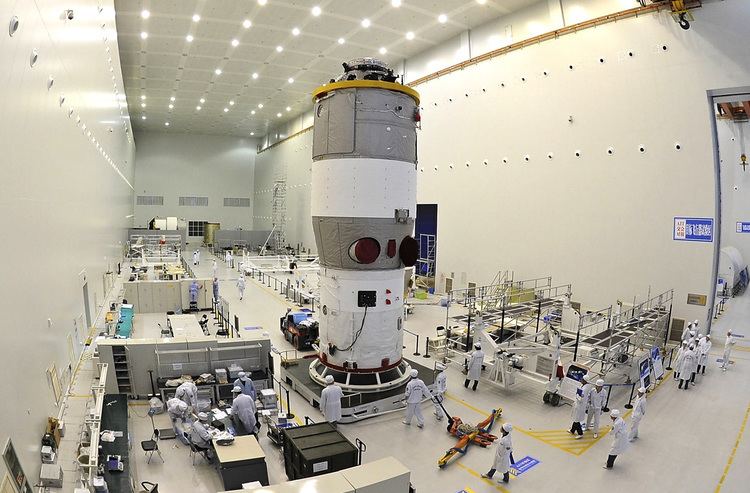 | ||
Manufacturer China National Space Administration Similar | ||
Live chinese astronauts enter tiangong 2 space lab from shenzhou 11 spacecraft
Tiangong-2 (Chinese: 天宫二号; pinyin: Tiāngōng èrhào; literally: "Heavenly Palace 2") is a Chinese space laboratory and part of the Project 921-2 space station program. Tiangong-2 was launched on 15 September 2016, 22:04:09 (UTC+8).
Contents
- Live chinese astronauts enter tiangong 2 space lab from shenzhou 11 spacecraft
- China successfully launches tiangong 2 space lab
- History
- Dimensions
- References
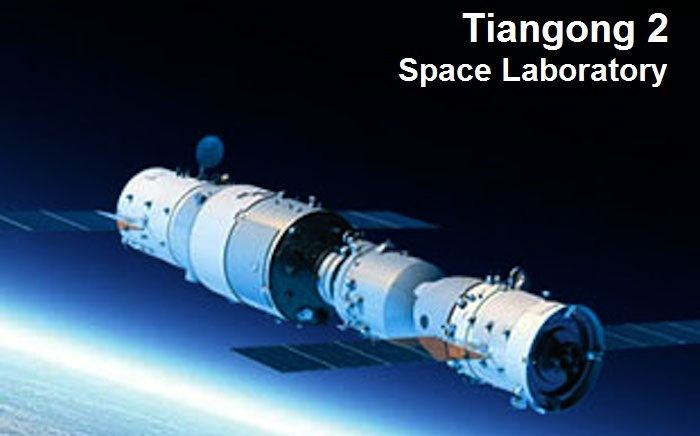
Tiangong-2 is neither designed nor planned to be a permanent orbital station; rather, it is intended as a testbed for key technologies that will be used in China's large modular space station, which is planned for launch in 2023.
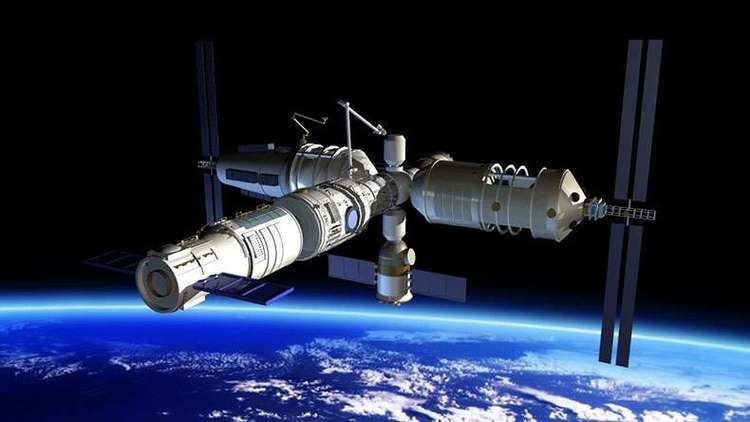
China successfully launches tiangong 2 space lab
History
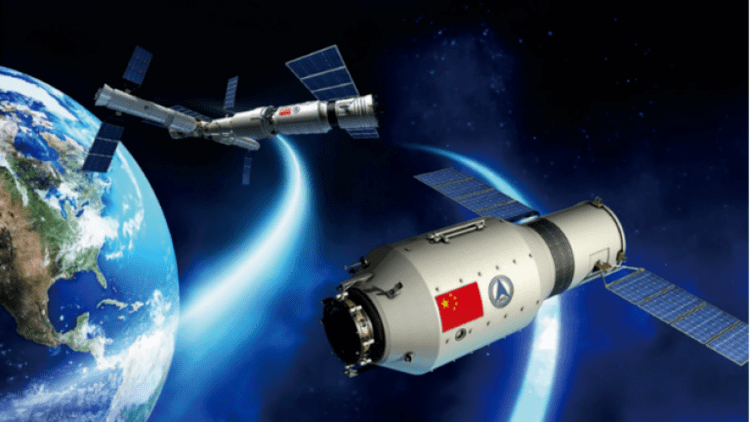
The China Manned Space Engineering Office published a brief description of Tiangong-2 and its successor Tiangong-3 in 2008, indicating that at least two crewed spaceships would be launched to dock with Tiangong-2.
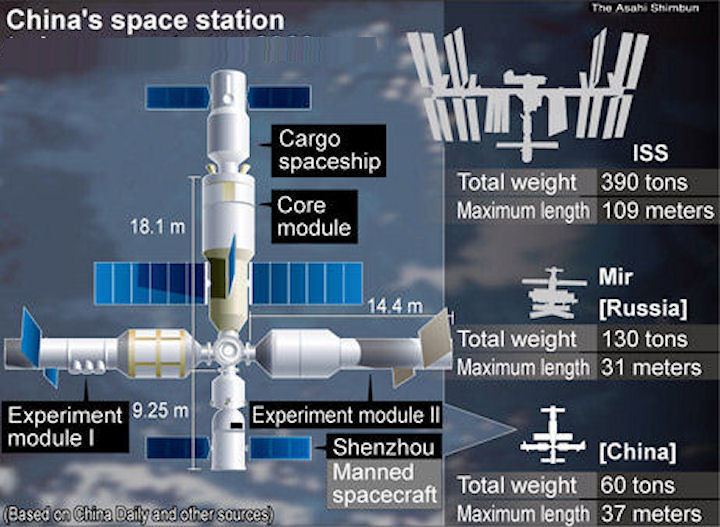
Tiangong-2 was originally expected to be launched by the China National Space Agency by 2015 to replace the prototype module Tiangong-1, which was launched in September 2011. In March 2011, Chinese officials stated that Tiangong-2 was scheduled to be launched by 2015, following the deorbit of Tiangong-1. An uncrewed cargo spacecraft will dock with the station, allowing for resupply.
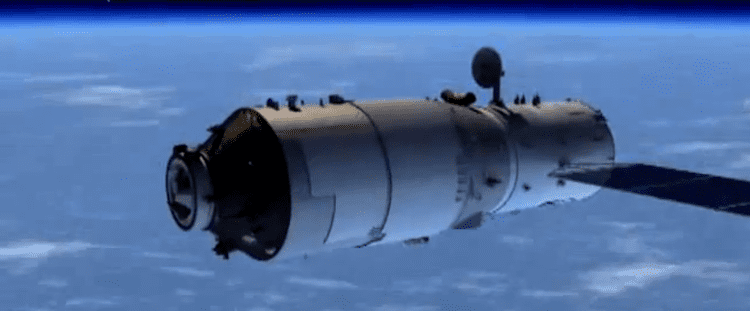
In September 2014, its launch was postponed to September 2016. Plans for visits in October 2016 by the crewed mission Shenzhou 11 and the uncrewed resupply craft Tianzhou were made public. The station was successfully launched from Jiuquan aboard a Long March 2F rocket on 15 September 2016. Shenzhou 11 successfully docked with Tiangong-2 on 19 October 2016.
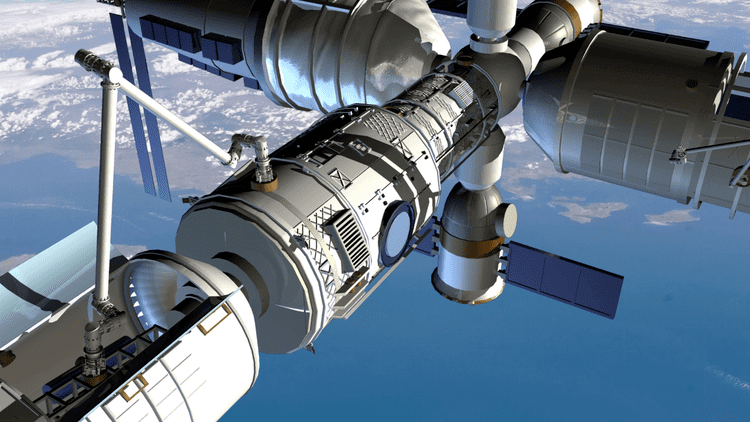
Aboard the Shenzhou 11, launched from Jiuquan Satellite Launch Center in the Gobi desert, were Commander Jing Haipeng and Chen Dong who formed the inaugural crew for the space laboratory. It was China's first manned mission for more than three years.
During the 30 days the two astronauts were aboard Tiangong-2, they conducted a number of scientific and technical experiments on the physiological effects of weightlessness, tests on human-machine collaboration on in-orbit maintenance technology and released an accompanying satellite successfully. Accompanying photography and near-distance fly-by observation were also carried out. They collected abundant data and made some achievements in programs of gamma-ray burst polarimeter, space cold atomic clock and preparation of new materials.
Shenzhou 11 separated from the orbiting Tiangong-2 space lab on November 17, reentry module landed successfully at the expected site in central Inner Mongolia Autonomous Region at about 13:59 Beijing Time.
Dimensions
The dimensions of Tiangong-2 are:
